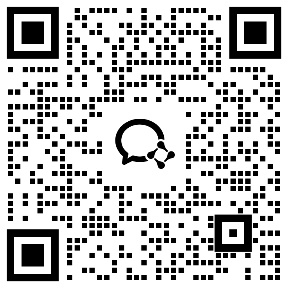- 相關推薦
To Understand Another Culture, Study Your Own
Ye Ningqing describes how he has put into practice what he learned at recent IATEFL events in Manchester and London
I discovered that I had to think about, even prepare for, the simplest daily activities, such as using a telephone, taking a school bus and paying bills
Since the textbooks Junior and Senior English for China started to be used, the aim of teaching English as a foreign language in Chinese schools has shifted from teaching grammar and vocabulary to developing the students' communicative competence. The underlying assumption in the textbooks is that successful cross-cultural communication demands cultural as well as linguistic fluency. At present, teachers of English are paying more attention to helping school students develop cultural awareness. Although there are many ways to teach culture, here I'd like to share with my colleagues one of my perspectives.
I spent a whole school year (1998-99) in Westport, CT, USA, teaching Chinese culture to the high school students. During that school year, I stayed with a host family and was invited to many parties by the local people. Before going to the USA I was excited about the prospect of a new way of life. And I was delighted about discovering obvious differences: the shapes of buildings, the malls and the products in them, and the way people dressed.
However, as I began my job and used the transportation system, I began to actually feel the impact of the culture on my life. I discovered that I had to think about, even prepare for, the simplest daily activities, such as using a telephone, taking a school bus and paying bills. These day-to-day activities soon weighed on me, resulting in culture shock. In a very real sense, all the convenient cultural cushions I had become accustomed to having around were in one moment totally dislodged. But I continued to endure, despite the discomfort.
Although adapting to American culture was hard for me, there were benefits that made the effort worthwhile:
● A fuller sense of security;
● A deeper understanding of myself;
● A deeper understanding of my own culture;
● More success in my work at school;
● Establishing meaningful relationships with people in Westport;
● Gaining fluency in English.
As acquiring the rules of one's own culture is a fairly unconscious process, students are most likely not aware of many aspects of their own culture. Even everyday behavior - such as how people greet each other and bid farewell, complain, apologize, compliment each other, and enter or leave a classroom - are usually not apparent to most EFL students. By providing students with opportunities to consider how people interact in their own culture, as well as their own individual values and ways of behaving, they can gain the kind of insight useful to them when encountering people from other cultures. My experiences in Westport suggest that by knowing one's own values and behaviors, it is easier to recognize those of others, as well as make necessary changes in behavior when needed. In short, contrasts help.
To teach students about their own cultures, the teacher can design questions that provide students with chances to explain their own culture to the teacher and classmates. Students not only gain practice in talking about their own culture in English but also raise questions about their own culture. I have used this idea of explaining Chinese culture in EFL settings by having students read a passage on American eye behavior and then think about rules for eye behaviors in China.
Another way to teach students about their own culture is to recognize cultural images and symbols embedded in songs and pictures, places and customs. These images and symbols include famous people in the culture, and architectural and landscape features such as the White House in Washington and the Forbidden City in Beijing. The aim is to help students to identify and compare the images and symbols in British and American culture, and then to contrast these with the images and symbols in their own.
The teacher can also use cultural products: souvenirs, cartoons, travelogues, money, photographs, newspapers, news on radio and TV, postcards and stamps. It is extremely useful for classroom communication for the students to have actual physical objects in their hands to work with.
The students study English-speaking cultures, comparing them with their own, and practicing behaving in foreign ways which provides them with a cross cultural experience. Such knowledge can spark students' interest in values across cultures and deeper cultural knowledge.
Email: yzynq@sohu.com
The Author
Ye Ningqing is a senior teacher of English in Yangzhou Middle School, China. He has just finished the required postgraduate courses in Beijing Normal University, majoring in educational psychology.
(From: IATEFL ISSUES April-May 2001)【To Understand Another Culture, Study】相關文章:
Learn to Write: Another Story08-15
The Study of Science08-09
My Study08-09
The Study of Science08-09
Study skills08-17
Culture, Logic, and Rhetoric08-15
the socical activity and study08-09
Something I admire about the Western Culture08-09






